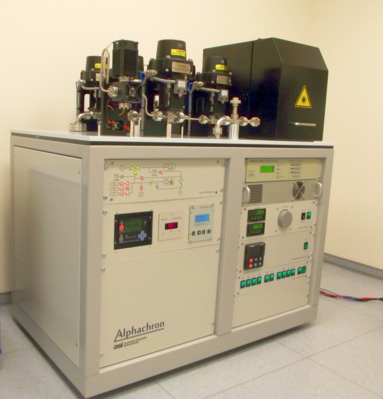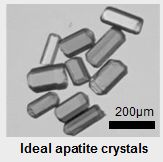Department of Neotectonics and Thermochronology deals with characterizing of fault structures and tectonic activity, as well as with study of geodynamic evolution of studied areas. Multidisciplinary approach uses methods of tectonic geomorphology, structural geology, applied geophysics etc. Spatiotemporal reconstruction and modelling of geological processes related to natural hazards such as tectonic movements and volcanism use also radionuclide dating methods, such as for example thermochronological dating.
1. Neotectonics and paleoseismicity
Within the topics we study how tectonic movements formed the relief and with which slip rate of the faulting during late Tertiary and Quaternary. We also want to learn if the movements have been accompanied by larger earthquakes by studying their geological record on the surface or subsurface, in the Bohemian massif as well as abroad. We try to find out how large and how often those earthquakes happened in order to assess the seismic hazard in the sutided regions. Also paleostress changes during tectonic phases are a subject of our research.
2. Seismic hazard assessment
Seismic hazard assessment has been done for seismoactive areas (e.g. Kashmir Valley in Western Himalaya), where also site response analysis was done using geotechnical earthquake engineering approach. Seismic microzonation of highly populated area has been also a result.
3. Thermochronology
We use helium thermochronological method to date rocks, i.e. we try to find out when the rocks cooled down below certain temperature, from which we imply specific geological processes. In combination with structural analyses and morphotectonic research we study the interaction of erosion, tectonic, and climatic processes which formed the relief of Bohemian Massif and try to reconstruct its geodynamic evolution in relation to interaction with Alpine-Carpathian Orogeny.
4. Landscape evolution and morphostructural analysis of landforms
This topic incorporates various studies focused on landscape evolution or further morphostructural analyses of landforms. Main interest is in regions with large regional faults or volcanoes.
5. Dynamics and long-term evolution of slope deformation
Within the topic, we study a dynamics and long-term evolution of slope deformations. Besides the evaluation of the landslide activity and hazard assessment, our department focuses on structural and tectonic conditions predisposing the slope development. Our team is also involved in the landslide monitoring activities, including invention and development of the monitoring techniques and their automation.
International Cooperation
prof. Ramon Zuniga, project: Caracterizacion de fallas sismogenicas en el centro del cinturon volcanico mexicano: implicaciones para la peligrosidad sismica y la inestabilidad de laderas, 2011-2013, CONACYT, Mexico.
Investigators: prof. Ramon Zuniga, RNDr. Petra Stepancikova, Ph.D.
Project: LH12078 - Assessment of Tectonic Movements on Active Faults (2012-2015, MSM/LH)
Investigator: P. Stepancikova, prof. Thomas Rockwell
College of Earth, Ocean, and Atmospheric Sciences (CEAOS) https://ceoas.oregonstate.edu/
- cooperation in fields of geophysics and tectonic research (Dr. Pieter-Ewald Share)
College of Forestry (CoF) https://www.forestry.oregonstate.edu/
- cooperation in research of slope processes (Dr. Ben Leshchinsky, Dr. Michael Olsen)
Faculty of Geology, Dpt. Geodynamics and Geophysics:
Article: Combining new airborne LiDAR data and provenance of alluvial fan deposits to constrain long - term offsets along the Elsinore fault in the Coyote Mountains, Imperial Valley, California. prof. Eulalia Masana,
Project: 7AMB13AT023 - Neotectonics in the Alpine-Carpatian Foreland (2013-2014, MSM/7A) Investigator: Dr. Kurt Decker, RNDr. Petra Stepancikova, Ph.D.
Active Fault Mapping and Paleoseismology along the Himalayan Frontal Thrust, Mishmi thrust and the Naga Thrust within the Quaternaries, North Eastern India
Project: A Paleoseismic Record of Earthquakes for the Dead Sea Transform Fault between the First and Seventh Centuries C.E., Dr. Neta Wechsler, Ph.D., Prof. Thomas Rockwell, Dr. Yann Klinger, Ph.D.


